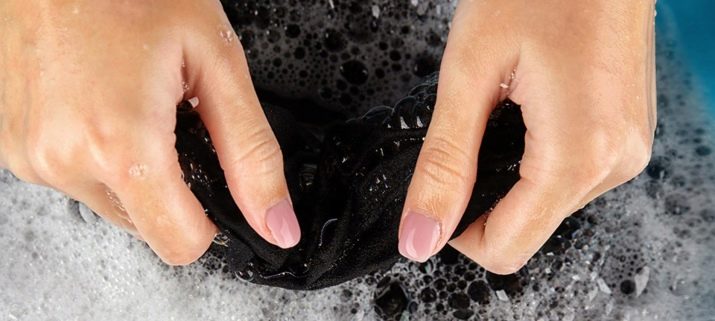All about eco-leather
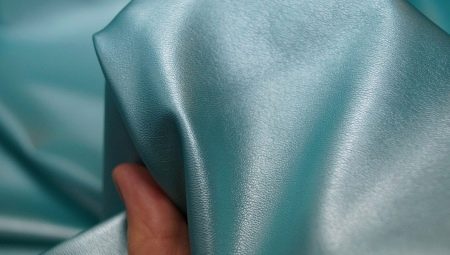
Just a couple of decades ago, when the development of light industry made a sharp leap forward, the opinion was established in society that artificial materials are inferior to natural materials in all respects, differing only in a more favorable price. But the technologies for creating synthetic fabrics have not stood still all this time. Today, many materials of artificial origin are capable of surpassing even natural counterparts in quality, gradually destroying the prevailing stereotypes. One of them is modern eco-leather.
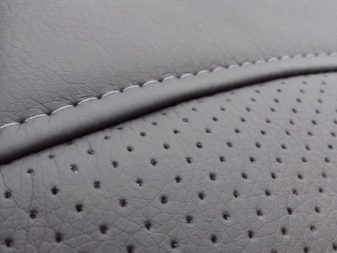
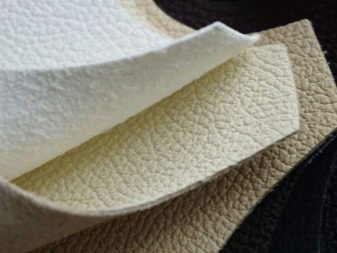
Origin
For the first time they started talking about eco-leather back at the end of the 20th century, when the issue of conservation of the animal world and respect for the environment began to appear on the agenda. Many conservationists have protested against the breeding and killing of animals whose skin was used to make clothes and shoes. As an analogue, the familiar leatherette was proposed, the low quality of which, alas, has long been known to everyone.
Meanwhile, research in Japan and the United States continued until the world market was presented with eco-leather, which was quite difficult to distinguish from natural leather even for professionals. The rapidly growing popularity of the developed composition has made it possible to significantly reduce the number of animal killings on various farms and farms, and, in addition, to reduce the amount of waste remaining in the production process itself.
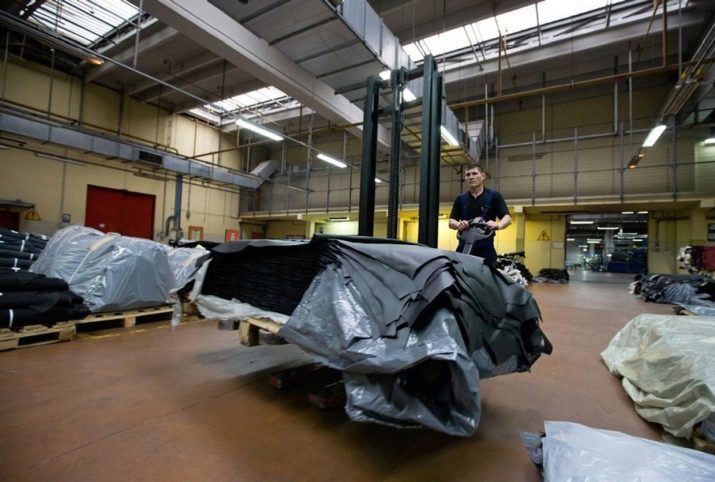
Eco-leather itself is a durable and flexible material, consisting of two layers. The first layer is a fabric base, and the second is a special polymer composition that is applied to cotton fabric or polyester in liquid form and painted in the required shade.The polymer can be rubber, protein, cellulose, or even ordinary polyethylene. But do not think that a jacket or eco-leather boots look like a bag.
Even a thick layer of applied polymer retains its flexibility and is breathable.
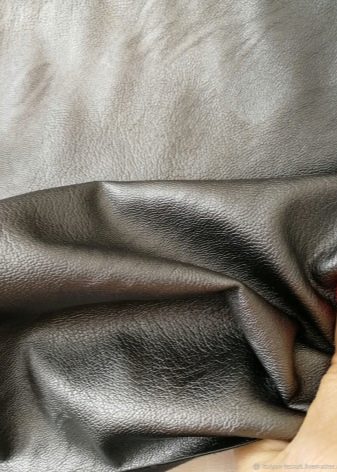
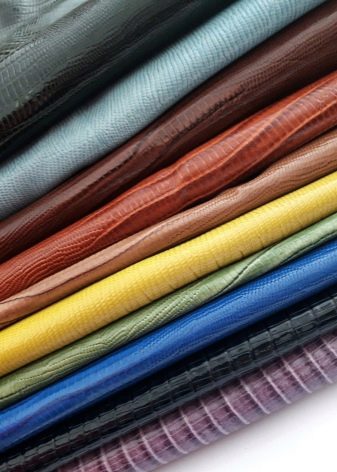
Advantages and disadvantages
In addition to the above-mentioned environmental friendliness and the so-called ethical production, which excludes the killing of living beings from its cycle, eco-leather has other advantages.
-
Wear resistance. The material is strong, durable, very resistant to damage and tears, while not losing its flexibility.
-
Wide range of designs offers a variety of textures and colors that cannot be imagined in the natural habitat of animals. All options - from classic brown to pink crocodiles - will allow even the most spoiled fashionista to pick up a handbag or shoes.
-
Hypoallergenic. Especially important for those who are allergic to natural skin and animal fur, respiratory diseases or skin irritations.
-
Form stability. Eco-leather clothes do not stretch at the elbows and knees, do not rub on the folds for a long time.
-
The material is breathable and hygroscopic. The fabric base is able to absorb a small amount of moisture, and free air circulation will eliminate the greenhouse effect.
-
Easy to care for. Polymers do not absorb dust and dirt, are easy to clean and dry quickly. They do not require special powders and expensive skin care products.
-
Eco-leather is not afraid of either frost or ultraviolet light. It does not crack in the sun and does not tan even in severe frost.
-
Easy to cut and sew, so needlewomen can use it when creating their own masterpieces.
-
Profitability. Of course, eco-leather is much cheaper than natural animal leather. Even voluminous polymer outerwear has a very affordable price.
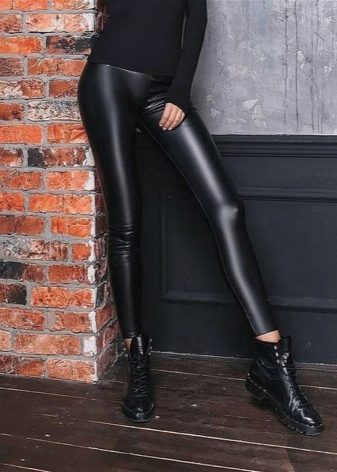
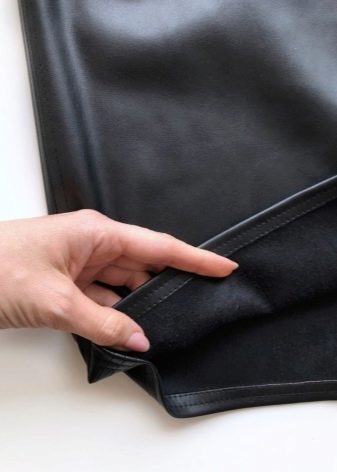
The list of advantages is quite impressive. Of the shortcomings, consumers and manufacturers note only three.
-
The artificial surface gets very hot when exposed to direct sunlight. With a long walk in warm weather in such clothes or shoes, it will definitely become stuffy.
-
Despite the fact that eco-leather rescues animals, it does not get along with pets. Cat claw marks or dog teeth are immediately visible on the surface.
-
Not repairable. Unlike natural material, it is impossible to seal small damages on the polymer with ordinary "liquid skin". Therefore, clothes or shoes with a knocked off top layer will simply have to be replaced with a new one.
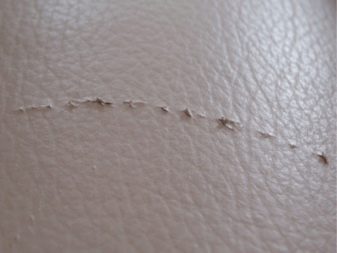

Difference from other materials
Despite the fact that outwardly distinguishing modern artificial materials from natural ones is very difficult, there are several little tricks that will help you do this when buying.
Leather
When buying clothes and accessories, you should pay attention to the seams from the wrong side. In eco-leather, the edges of the seams will be very even and covered with fabric on top. Shoes made of genuine leather will have a specific smell, and from eco-leather they will not smell at all or smell like fragrances. And car covers or furniture with natural composition are easy to check with a simple touch.
If the surface of the sofa is hot, and the palm is slightly sweaty, then it is made of real leather.
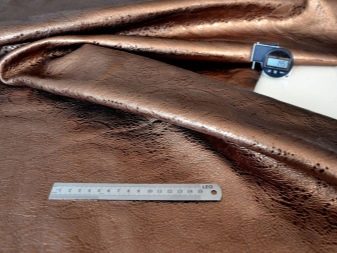

Leatherette
Leatherette is generally thicker and rougher than eco-leather. Clothing, footwear and leatherette accessories will be denser, and some of them will be more difficult to pinch between your fingers. It has a faint scent of rubber or plastic. And if you pour a small drop of regular sunflower oil on a skin substitute, the next day this area of the coating will deform a little and become rougher.

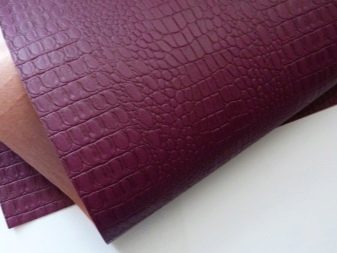
Varieties
Depending on the wear resistance, strength, composition and finishing method, all eco-leather can be divided into several separate types.
Microfiber
The basis of such eco-leather is polyester fibers, which have a soft porous structure.The material is breathable and water-repellent at the same time.
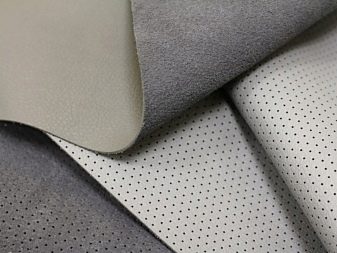

PU leather
As close as possible to natural leather in its characteristics. It consists not of two, but of three layers: cotton, discarded genuine leather, sprayed polyurethane coating.
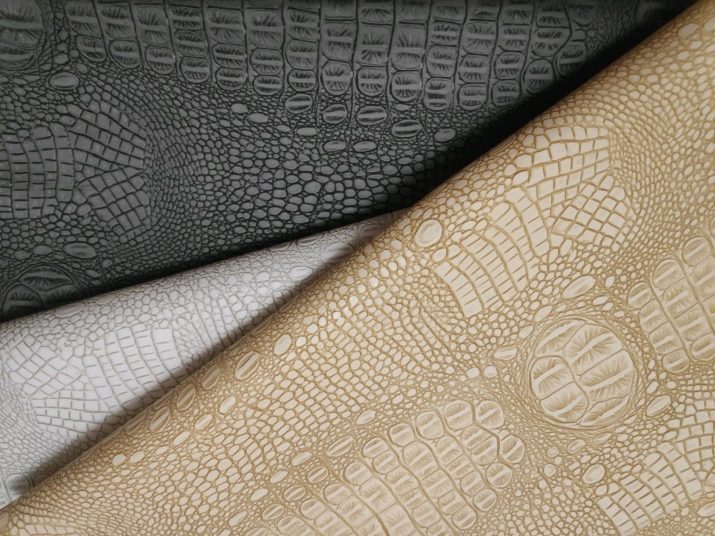
PVC leather
The densest, but at the same time quite elastic and porous fiber. It is made not by spraying, but by impregnating the base with a polymer solution.
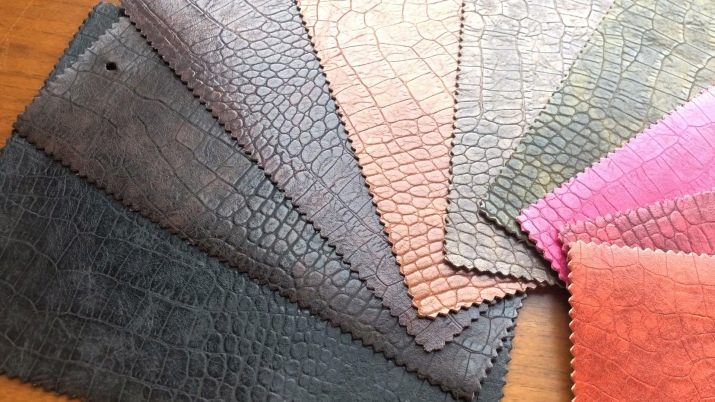
Self-adhesive
Such eco-leather is based on a layer of glue, which increases its thickness and strength, making it more resistant even to mechanical damage.
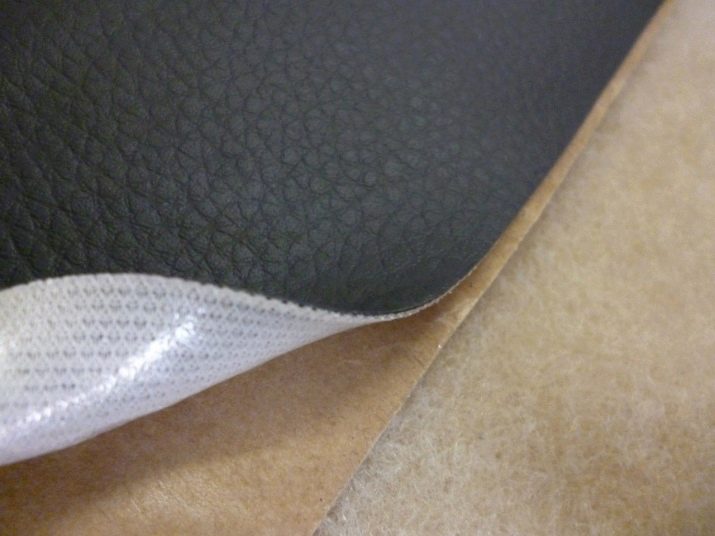
Stretch leather
The thinnest and most elastic type of artificial leather, from which it is easy to sew even thin tops and shirts. Nevertheless, it consists of three layers: thin cotton, on both sides of which a polymer is sprayed.

Perforated
A distinctive feature of the design is the many small holes in the canvas, which create a certain type of pattern.
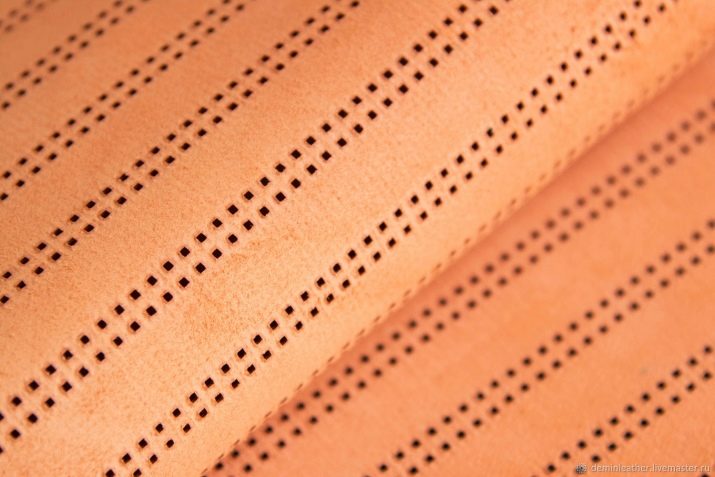
Exotic
This eco-leather imitates the surface of natural crocodile or snake skin. This is achieved by embossing the polymer layer with special presses.

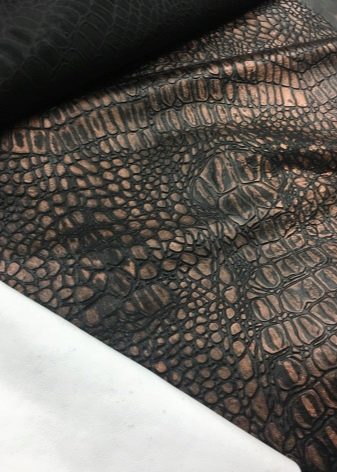
Application
Due to its advantages, eco-leather quickly took a leading position in the market, displacing many other artificial materials. It is used in many industries - from light industry to mechanical engineering. The following products are mainly produced from eco-leather.
Clothes and footwear
A variety of jackets, trousers, boots and shoes. In recent years, the trend for leather clothing has reached shirts, tops and even underwear.
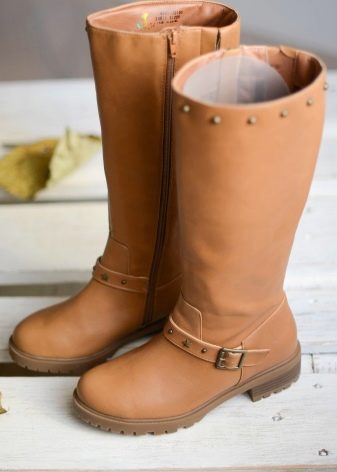
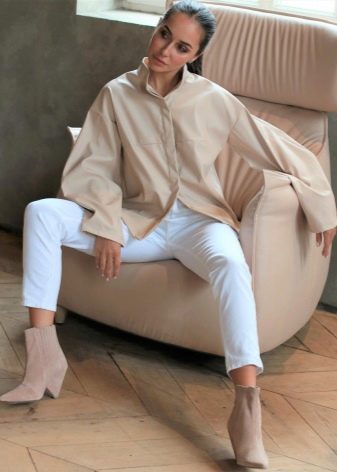
Accessories
All kinds of belts, bags, wallets, gloves, watch bracelets, berets and many other little things that are no less important in a wardrobe than a raincoat or boots. Wide leather rims of various colors or modern leather panamas look very unusual.
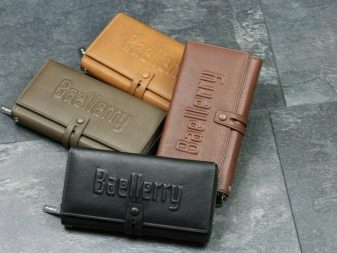
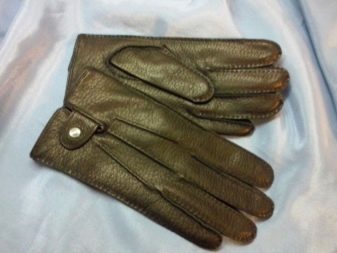
Car covers
Leather seats are often found in both premium and budget cars. If the basic equipment assumes the usual fabric seat cover, you can always purchase special covers and put them on top.
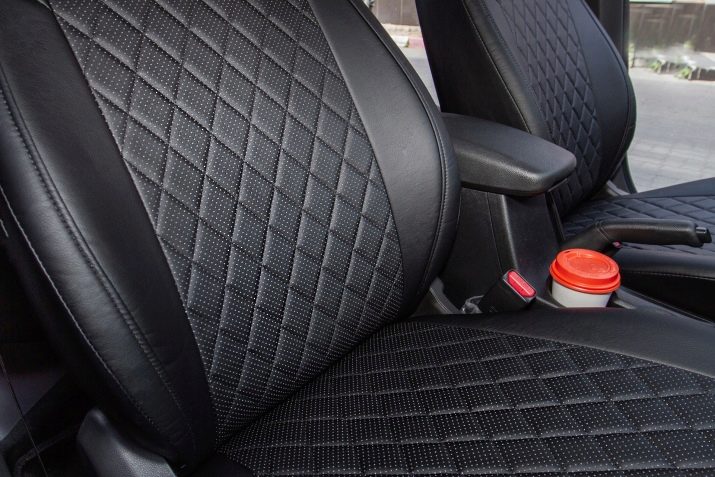
Upholstery of upholstered furniture
Various sofas, armchairs, couches, banquets and other furniture are often covered with eco-leather. This coating is not afraid of dirt and is easy to clean. Customers especially liked the modern beds with a high upholstered headboard upholstered in this artificial material.
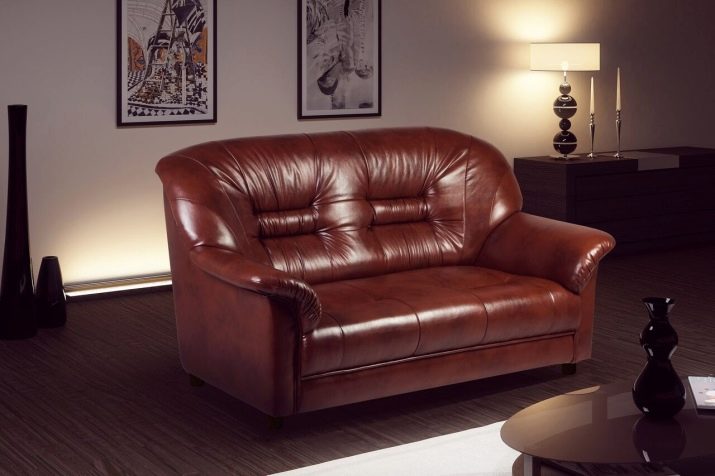
Decor items
An unusual panel, an artificial interior bouquet of pieces of leather, a curly pillow - all this can be made of eco-leather. Those who like to make a variety of crafts will especially like the ease of working with such a canvas: even a child can handle it.
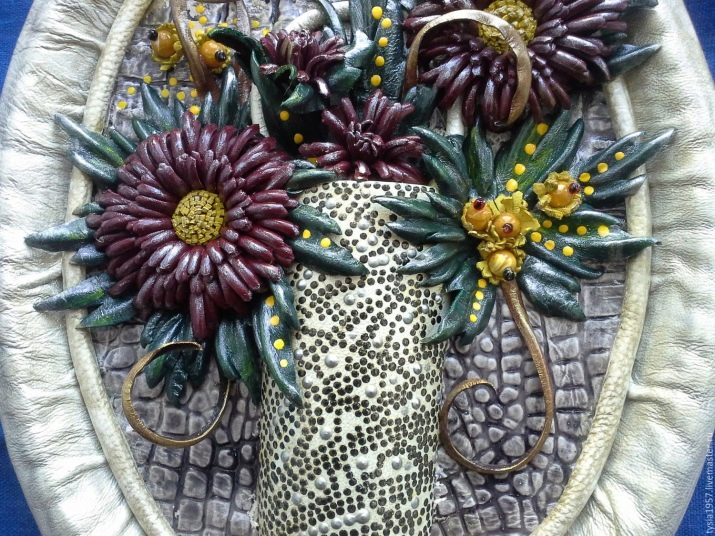
Eco-leather is easy to combine with other fabrics, with metal, wood, natural and artificial stones. It contrasts perfectly with delicate lace and can be applique, embossed or perforated.
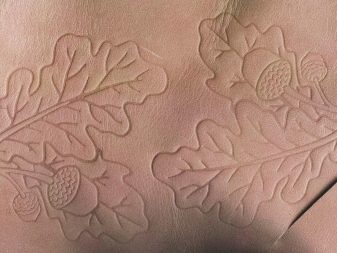

How to care?
The service life of any eco-leather product can be increased if it is properly looked after. Dust or small dirt can be easily removed with plain water using a soft cloth. And you can give the original shine and grooming with the help of special creams and sprays for natural leather.
When cleaning, do not use hard brushes and graters, which can damage the polymer surface, since such defects cannot be repaired. Do not dry eco-leather next to a radiator or under the bright sun.
When using cleaning agents, avoid contact of the surface with chlorine.
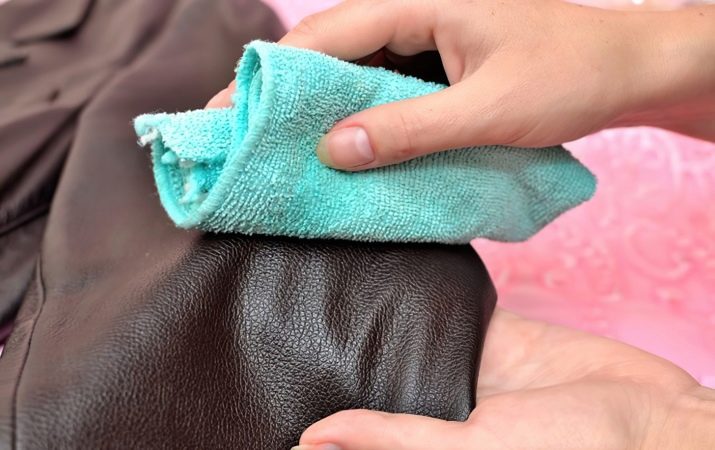
You can wash eco-leather with your hands and in a typewriter. When washing by hand, do not soak the fabric, rub or stretch it too much, use too hot water. When choosing a product, it is better to focus on a liquid gel, rather than a dry powder.
Machine wash should be done only on delicate cycle. The temperature should not exceed 40 degrees, and the spin is best set to a minimum.
If there is no experience in washing leather products, and the information that is usually indicated on the label is missing or has worn out over time, it is best to turn to the services of professionals.
Modern dry cleaners thoroughly and at the same time carefully clean the product without damaging the polymer coating.
